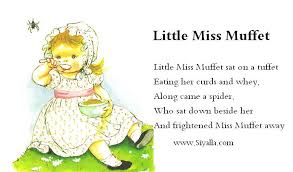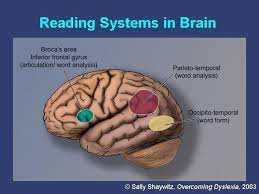Reading means understanding a passage, understanding the vocabulary, making connections with life, and decoding words like c-a-t. Before a child can get to that, though, he needs oral language, alphabet knowledge, book knowledge, phonics, and phonological awareness. Phonics, which you hear everyone talking about, means recognizing symbols and connecting them to sounds. What is less known outside of teaching is the importance of phonological awareness. This is attending to the sounds of the word separate from its meaning. An example would be noticing that caterpillar is a longer word than train and not getting confused by the meaning of the words.
Strong phonological awareness correlates highly with later reading skills. The following are different ways of attending to sounds of words from larger units to smaller. Each has a sample exercise for teaching that type of awareness. A very strong caveat when doing these is that they must be embedded naturally into meaningful contexts for a child to really learn and ENJOY learning. These can be embedded during the course of the day. Of course, songs and many books help with phonological understanding.
- Words. Children need to differentiate words within a sentence. A child who can’t read hears, “Do you want to go to the store?” as “doyouwanttogotothestore“. To help a child differentiate words, clap them out.
- Word Play– “Willoughy Wallaby Woo, an elephant sat on you. Willoughby Wallaby Wee, an elephant sat on me. Willoughy Wallaby Wonnor, an elephant sat on.. Connor. Another is Hickety, pickety bumble bee, won’t you say your name for me. What’s your name?”

- Syllables. Tap out syllables.
- Rhyming words. Examples of teaching this are repeating two ending rhyming words from sentences in a story and saying, for instance, “Night and light rhyme”.
- Basic starting sound units such as b or sh. For this, you can play I spy. Have objects that start with one of three letters and say, “I spy something that starts with a b”. The child then picks up the object that starts with that letter.
- Basic sound units/phonemes throughout the word. Blend sounds from words. If you say, “T o m”, your child would say, “Tom”. Segment sounds in the words. If you say, “Cat”, your child says “c a t”.



